AZALEA LAKE TRAIL
Just a short hike from teh paved roads at Donner Pass, this four mile section of the Pacific Crest Trail features views of Donner Lake to the east and distant snow capped ridges. Ancient Sierra Junipers and bonzai conifers grow among the massive granite boulders on the slops of Donner Summit. The rock gardens along the trail are fun to explore and to watch bees and butterflies visit the bring pink Mountain Pride Penstemon and bright yellow Sulfur Buckwheat.
LONEY MEADOW
In the Grouse Ridge area, this is a favorite destination for summer field trips led by the California Native Plant Society. The 1.5 miles mostly level loop around the meadow's edge passes through moist and dry habitats where wildflowers thrive. Orange flowered Alpine Lilies, Giant Red Indian Paintbrush, Bog Orchids, Dogbane, Mountain Pennyroyal and purple Camas Lilies are some of the favorites.
SAGEHEN CREEK
This popular trail seven miles north of Truckee will introduce you to the unique flora of the eastern slope of the Sierra Nevada where it meets the Great Basin. Several species of Sagebrush, Wood Rose, Western Peony, Hairy Paintbrush and Marsh Marigold make this trail interesting all the way to Stampede Reservoir.
To see the photos and article written by Karen Callahan in the Union Newspaper, purchase the Friday, July 28, 2017 edition, section B, page 1
To purchase the brand new edition of "Wildflowers of Nevada and Placer Counties" from the California Native Plant Society CLICK HERE.
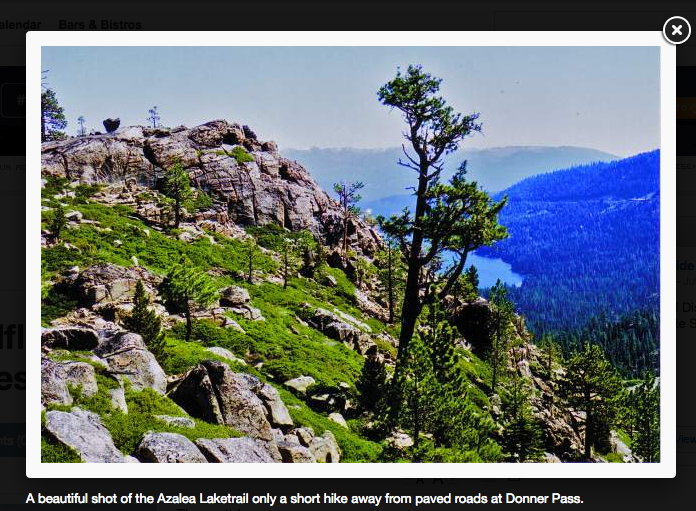
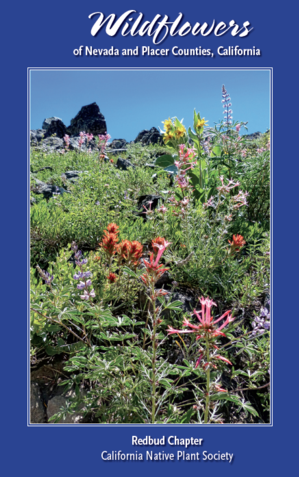
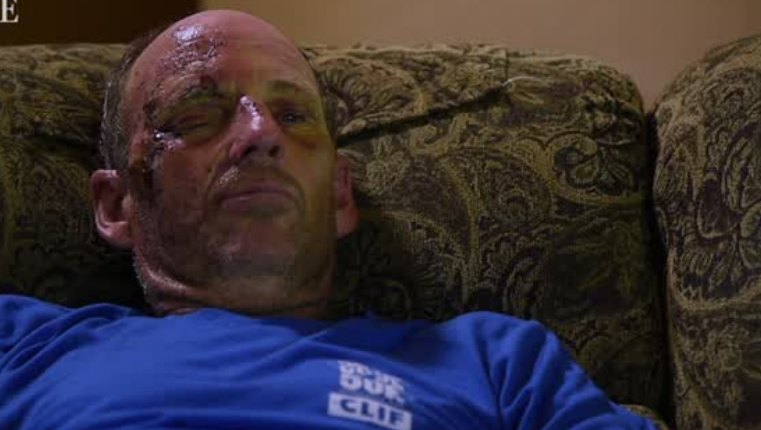
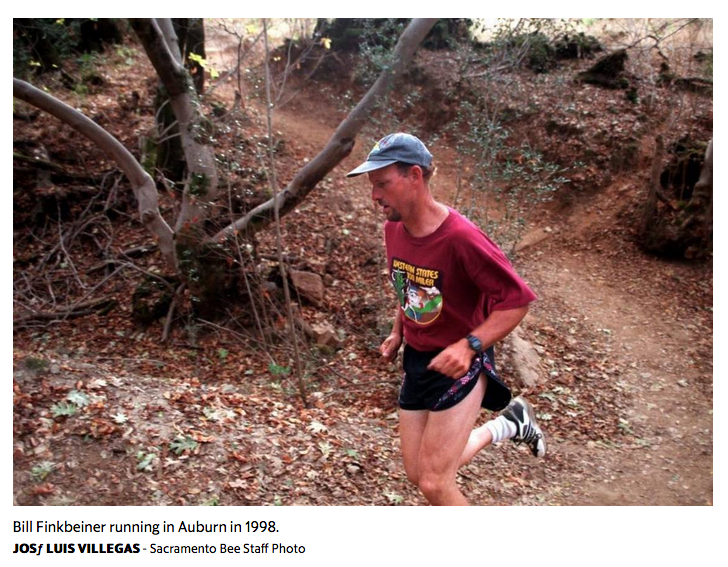
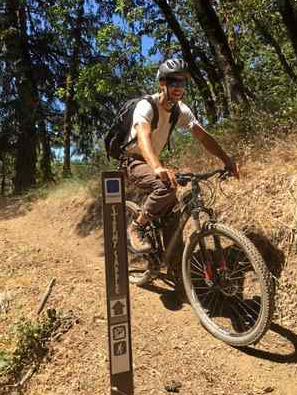

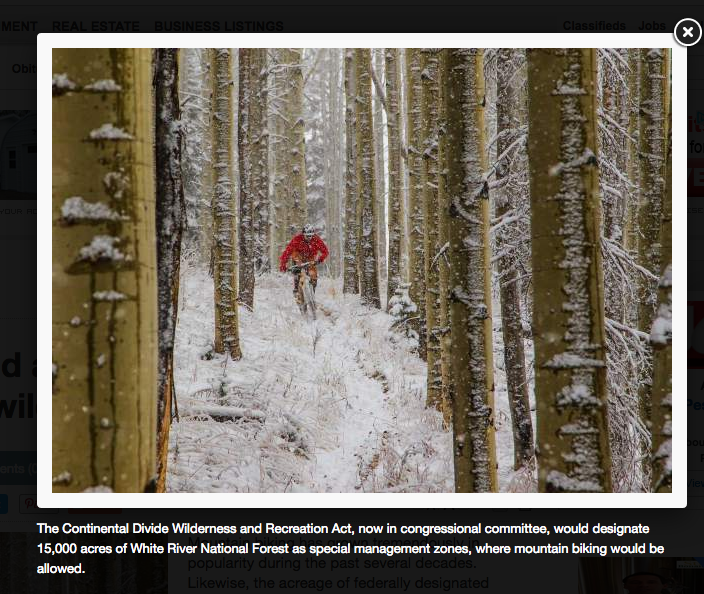
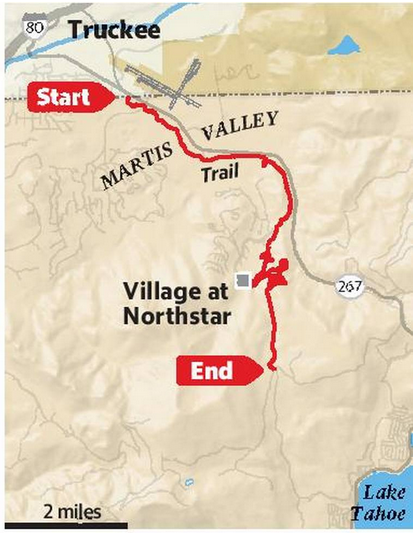
 RSS Feed
RSS Feed